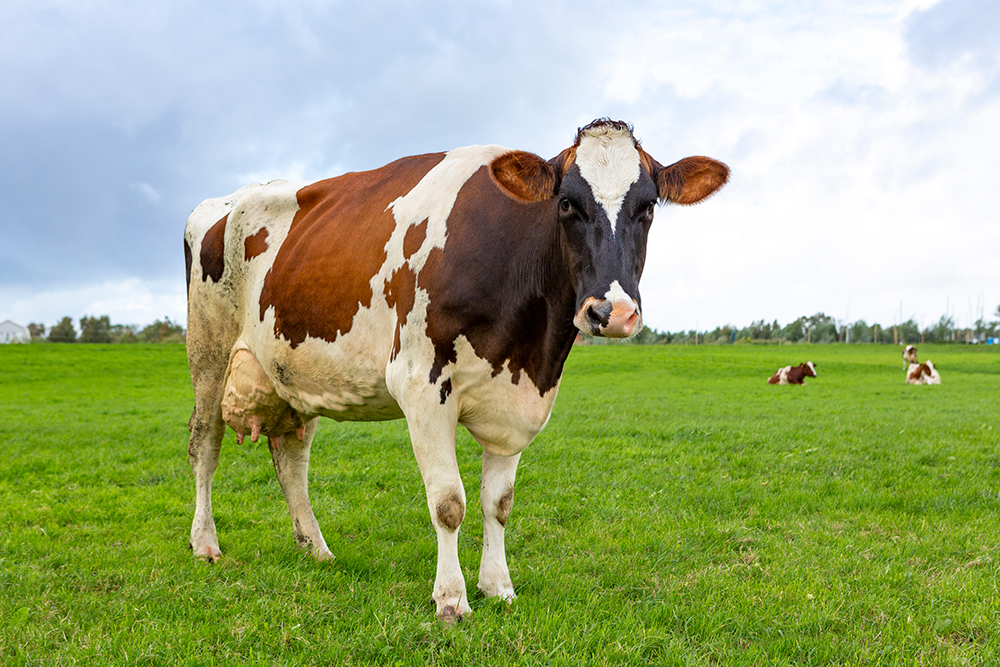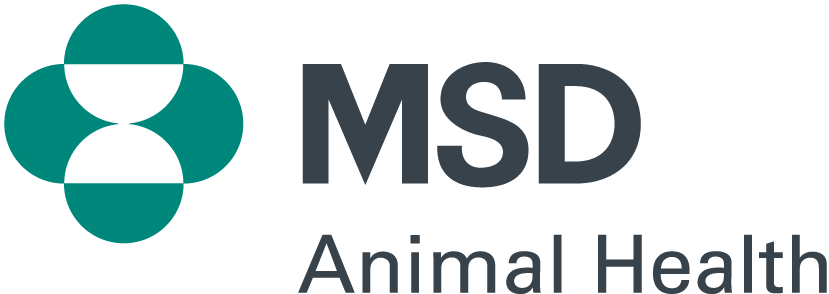

Reasons for Culling Dairy Cows
Culling rates in dairy herds vary from 20-35% per year1. The most common risks for culling are:
- Mastitis, fertility, and lameness
- Cow level risk factors for these diseases are parity, lactation stage, calving season, and milk yield
- Herd level risk factors for these diseases include transition management
When deciding to cull an animal for reproduction, dairy producers should consider:
- Long calving intervals result in reduced annual economic revenue.
- High somatic cell counts and many clinical mastitis cases have a negative effect on reproductive efficiency.
- Poor reproduction health postpartum results in infertility.
- Nutrition and housing are key herd-level risk factors for fertility.
- Difficult calving can cause future reproductive problems.

The breeding and replacement policy of dairy cows greatly influences the profitability of a dairy herd.
Breeding and replacement decisions are usually based on the intuition and experience of the producers. To make optimal reproduction and replacement decisions, significant advances in dairy herd management have been made in recent years through the development of computerized record systems for cow health and production.
To improve the financial performance of the dairy, the decision of culling cows should be based upon its economic impact, which can be based on economic models for the most accurate data.
To make economically optimal replacement and breeding decisions it is necessary to determine2:
- The possible options:
- Keep or replace: The Retention Pay Off (RPO) is the difference between the expected profit from keeping the current cow and the expected profits from replacing her with another animal. When the RPO of a cow is negative, the cow should be replaced immediately.
- Breed or not breed: it is necessary to determine:
- The optimal time of breeding cows.
- The economic losses per extra day open: how much loss occurs if the cow is not bred at this optimal time of breeding.
- The Allowable Breeding Space: it measures the time remaining in the current lactation where it is profitable to continue breeding an open cow.
- How much profit can be expected from each option?
- Which of the options is the economical optimal decision?
The cost of herd replacement is not usually measured, but it has a great impact on farm profitability. To be aware of the replacement cost, it is important to understand3:
- The true cost of rearing a heifer replacement: It includes the cost of getting a dairy heifer calf born, the variable costs (feed, vet, forage, and bedding costs) and the overhead costs (labor time, machinery costs, maintenance of buildings, and fences).
- The effect of culling rate/replacement rate on replacement costs.
- Olechnowicz, Jan & J.M., Jaśkowski. (2013). Reasons for culling, culling due to lameness, and economic losses in dairy cows. Medycyna Weterynaryjna. 67. 618-621.
- Groenendaal, Huybert & Galligan, David. (2005). Making Informed Culling Decisions. Advances in dairy technology. Vol.17:333.
- https://dairy.ahdb.org.uk/technical-information/animal-health-welfare/cow-culling/#.XLb8lugzbcs

